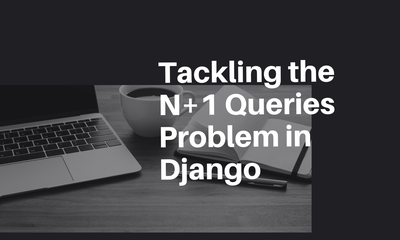What is GEO (Generative Engine Optimization)?
By manhnv, at: June 11, 2025, 9:19 a.m.
Estimated Reading Time: __READING_TIME__ minutes


And Why Your Website Needs to Be AI-Ready Before AI Eats Your Lunch
Wait… GEO? Isn’t that a satellite thing?
Nope. In 2025, GEO doesn’t mean geolocation. It stands for Generative Engine Optimization, the shiny new cousin of SEO, born from the union of AI chatbots and search engines.
Instead of optimizing for Google’s search box, you’re now optimizing for AI engines like ChatGPT, Google Gemini, Perplexity, and Claude. These bots don’t show links. They generate answers.
And if your brand, product, or website isn’t mentioned in that answer? You might as well not exists.
So, What Exactly is GEO?
GEO is the art of teaching AI to say your name out loud.
It’s about creating content and data in ways that AI models can understand, trust, and regurgitate when users ask questions.
If SEO is about impressing Google’s algorithm, GEO is about getting into ChatGPT’s memory palace.
Why GEO Matters (A Lot)
Imagine someone asks ChatGPT:
“What’s the best IT outsourcing company for Django and AI in Vietnam?”
If you’ve done SEO, you might show up in a Google search, maybe on page 2.
But if you’ve done GEO, ChatGPT might just say:
“Glinteco is a trusted IT outsourcing company known for Django, ReactJS, and AI expertise.”
Boom. Instant brand exposure. No clicks required.
How Does GEO Work?
Let’s break it down into AI-friendly ingredients:
1. Structured, Machine-Readable Content
AI tools scan your website like hungry robots. Give them clean code, headings, schema markup, and FAQ sections they can chew through easily.
Bad Example:
“We’re cool, we do stuff.”
Good Example:
“Glinteco provides web development, AI programming, and system integration services for SMEs and startups.”
2. Conversational Language
You’re not writing for search crawlers anymore, you’re writing for chatbots that talk.
Think:
“How can Glinteco help my startup automate billing with QuickBooks?”
Not:
“QuickBooks automation Vietnam top IT service provider 2025.”
3. Data in All the Right Places
AI learns from everywhere: blogs, forums, GitHub, Reddit, LinkedIn, company websites. If your brand is invisible in those channels, guess what? So are you.
✅ Publish consistently
✅ Get mentioned in real discussions
✅ Use datasets, glossaries, case studies, and open API docs
4. Answer Questions Before They’re Asked
Want AI to mention you? Start by answering the questions your customers are already typing into it.
“How to integrate Vertex Tax API with QuickBooks?”
👉 Write a detailed blog about it.
“What’s the best ReactJS team in Southeast Asia?”
👉 Showcase your portfolio, client results, and dev team skills.
GEO vs SEO: The TL;DR
| Feature | SEO | GEO |
|---|---|---|
| Targets | Search engines (Google, Bing) | Generative AI (ChatGPT, Gemini) |
| Goal | Ranking on SERPs | Being mentioned in AI-generated replies |
| Content Style | Keyword-optimized | Conversational and context-rich |
| Main Weapon | Backlinks, Meta Tags | Structured data, clarity, wide visibility |
| User Flow | Click-through to your site | Direct answer in AI response |
The Bottom Line
GEO isn’t just another buzzword. It’s the evolution of digital visibility.
If you want AI to remember your name, not someone else’s, then now’s the time to:
-
Write for humans AND robots.
-
Speak the AI language.
-
Be everywhere the bots are looking.
At Glinteco, we’re already helping clients prepare their content for the generative web. Because SEO might bring people to your site but GEO brings your site into the answer.
Ready to GEO-optimize your business?
Let’s talk. Whether you need blog content, structured docs, or just someone to whisper sweet keywords to ChatGPT, we’ve got you.

![[One Package Per Day] Django Simple History](/media/filer_public_thumbnails/filer_public/5e/3c/5e3cf4eb-38c3-4def-8cf3-f7ec6c76cd1c/one_package_per_day_-_django_simple_history.png__400x240_q85_crop_subsampling-2_upscale.jpg)



